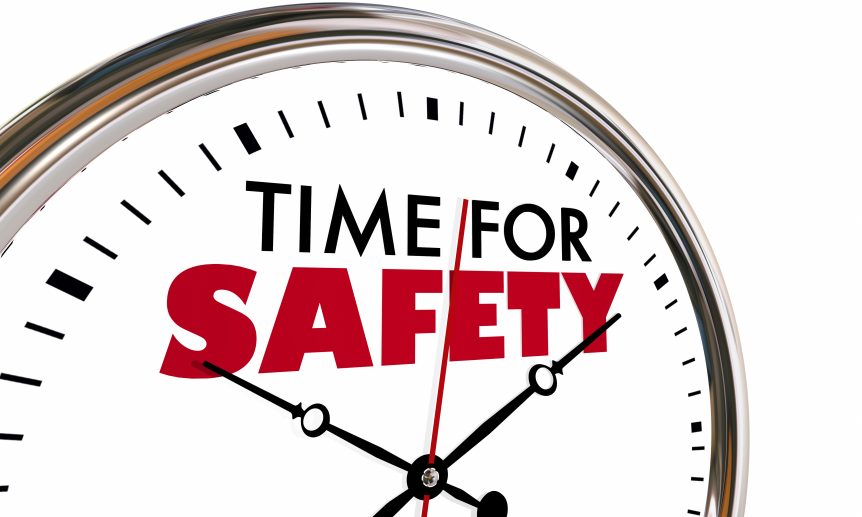Chronic injuries are injuries that occur due to repetitive or overuse of a particular part of the body. Unlike acute injuries, which result from a one-time event, chronic injuries develop over a more extended period, often resulting from poor posture, inadequate footwear, or equipment, muscle imbalances, and poor training techniques. In this blog, we will explore the symptoms, causes, and management of chronic injuries.
Symptoms:
Chronic injuries often present as mild discomfort or pain that gradually worsens over time. The pain is usually felt during or immediately after physical activity and may improve with rest. Other common symptoms include stiffness, tenderness, swelling, and a reduced range of motion. If left untreated, chronic injuries can lead to chronic pain, limited mobility, and permanent damage to the affected area.
Causes:
Chronic injuries can arise from various factors, including:
- Repetitive motions and overuse of certain body parts.
- Poor posture and body mechanics.
- Inadequate footwear or equipment.
- Muscle imbalances due to poor training techniques or lack of exercise.
- Pre-existing medical conditions like arthritis or osteoporosis.
Management:
If you suspect a chronic injury, it’s crucial to seek medical attention to determine the extent of the injury and develop a comprehensive treatment plan. Here are some common management strategies for chronic injuries:
- Rest: Resting the affected area is critical in managing chronic injuries. It reduces stress on the injured part, allowing the body to initiate the healing process.
- Physical Therapy: Physical therapy involves exercises and techniques focusing on improving strength and flexibility while reducing pain and inflammation. Physical therapy assists in restoring function and preventing the injury from recurring.
- Medications: Over-the-counter pain relievers can help ease pain and inflammation associated with chronic injuries. In some cases, prescription medications may be recommended.
- Lifestyle Adjustments: To prevent chronic injuries from recurring, lifestyle adjustments may be necessary. This includes adjusting workstations or other equipment, wearing appropriate footwear, and implementing safe training techniques.
- Surgery: In severe cases, surgery may be the recommended treatment. Surgery can help repair damaged tissues or remove damaged areas.
Prevention:
Prevention is always better than cure. Here are some tips to help prevent chronic injuries:
- Warm-up and cool-down routines before and after physical activities.
- Use proper equipment and footwear.
- Incorporate strength and flexibility exercises in your routine.
- Gradually build up intensity and duration of physical activity.
- Take adequate rest between activities to allow the body to recover.
In conclusion, chronic injuries can significantly impact our daily lives, but with proper management and prevention strategies, their impact can be significantly reduced. Seeking medical attention at the early onset of symptoms, implementing lifestyle adjustments, and incorporating preventive strategies can help manage and prevent chronic injuries, enhancing our overall well-being.

